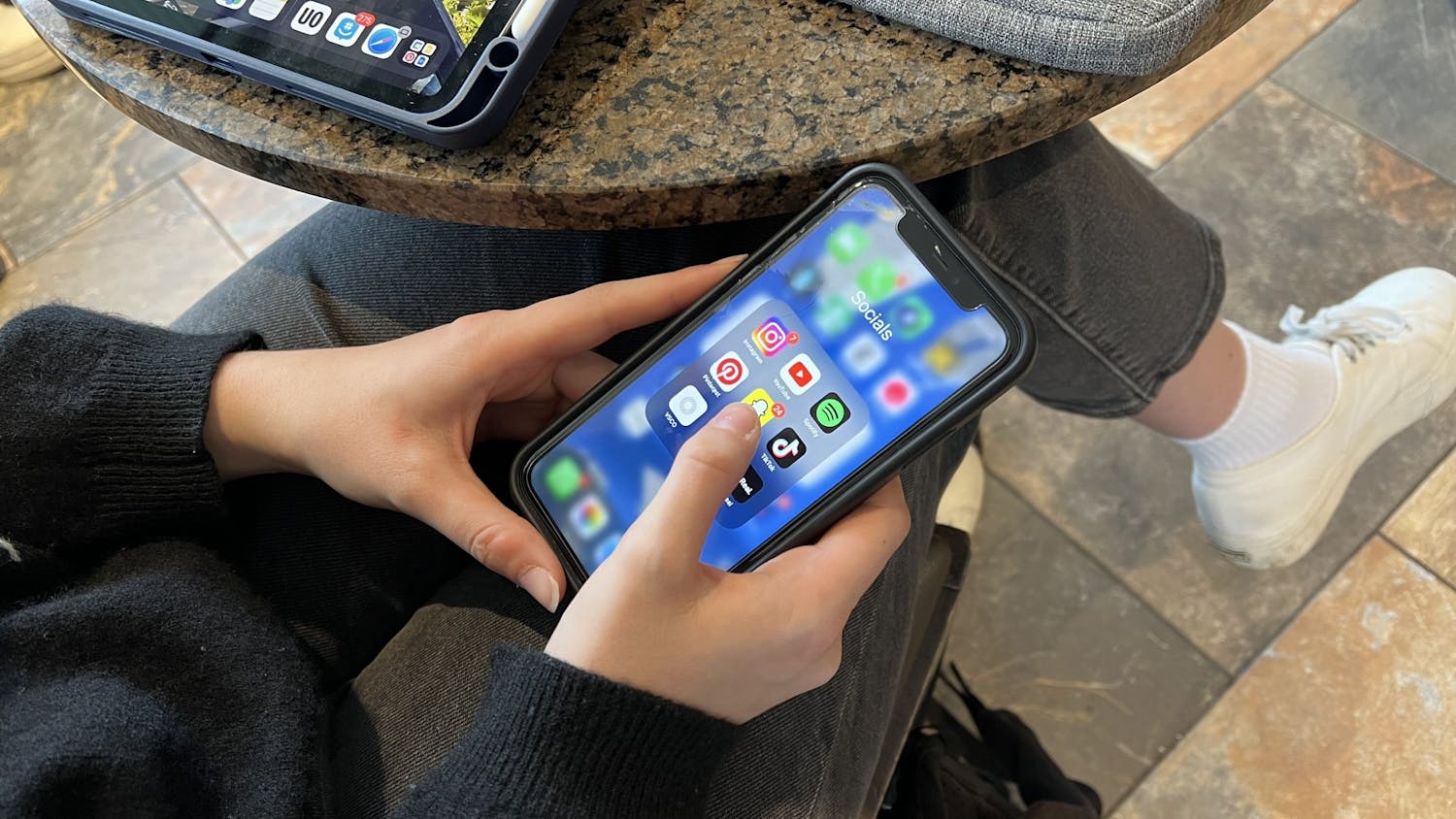Nestled in the heart of Madison, Wisconsin, State Street stands as a vibrant testament to the city’s rich history, diverse culture and strong sense of community. For decades, the bustling thoroughfare has drawn locals and visitors captivated by its unique blend of historic charm, eclectic shops and lively street life.
However, recent years have witnessed a wave of commercialization that threatens to transform this iconic street, prompting urgent conversations about preservation, identity and the future of State Street.
Recent proposals from local developer JD McCormick aiming to dismantle key pieces of State Street’s architectural legacy make this transformation’s stakes starkly clear.
Under this proposal, buildings at 428-430, 432-436 and 444 State Street faced demolition, a move that ultimately displaced cherished local establishments including Sencha Tea Bar, B-Side Records and Freedom Skate Shop. Buildings at 430 and 436 State Street, constructed in the late 19th century, have been recognized by Madison's Landmark Commission for their historical significance. Their unique architectural details and irreplaceable materials embody the historic aesthetic of State Street, and their potential loss represents more than just a change in scenery — it marks a severance from the past.
Today, Chipotle, Raising Canes and Jimmy Johns line the historic street, erasing years of local innovators and entrepreneurs. It’s a pattern so recognizable in this country it verges on cliché — the small-time store built by the community for the community is pushed out by gray, faceless Corporate America.
The deep connection between State Street and the local community is embedded in its very fabric, shaped by the residents, students and government over the decades. In its heyday, State Street thrived as a regional shopping hub and entertainment district, with retail businesses peaking at 133 stores in 1921.
This retail dominance began to wane with the advent of the automobile era in the 1950s and 1960s, leading to a dramatic transformation of the urban streetscape. From 148 retail stores in 1937, the number plummeted to 66 by 1972, illustrating a trend that would continue in the decades to come.
The opening of Lucky Apartments on University Avenue in 2007 marked a significant shift in this trajectory, introducing luxury, student-oriented housing developments to Madison’s urban landscape. These mixed-use complexes, featuring commercial spaces on the ground level, have gradually replaced small businesses and single-family homes, contributing to the city’s economic growth but also fostering a disconnect between State Street’s built environment and its community of stakeholders.
David Sims, author of the book “Soft City,” describes a neighborhood as a “state of mind” rather than a physical space, which resonates profoundly with current discourse surrounding State Street.
The concrete promenade has long served as a welcoming space, encouraging pedestrians to embrace Madison, fostering social interactions and building a sense of community. It is a place of unique experiences enriched by diverse stories of those who have walked its length, whether they have ties to the University of Wisconsin-Madison or not.
Right now, State Street feels like it’s slipping away — like sand tumbling through an hourglass.
Every year, we come back and there is another red ribbon to cut. It doesn’t happen overnight, but little by little. This Ship of Theseus is changing.
What happens when it is unrecognizable? What happens when local Madison vendors are boxed out of their own space and unable to make a livelihood helping out students from the center of the city?
Every local restaurant replaced by a large chain makes the street that much dimmer.
As we stand at this critical juncture, the choices made today will undeniably shape the future of State Street. The challenge lies in striking a balance, ensuring the street’s transformation does not strip away its soul but rather preserves its role as a vibrant community space.
The imperative to protect the unique qualities that make State Street special is paramount, safeguarding its identity not just for the current generation but for those yet to come, ensuring its legacy endures amidst the wind of change.
Owen Puckett is a junior studying political science. Do you agree corporatization of State Street threatens to change its identity? Send all comments to opinion@dailycardinal.com






